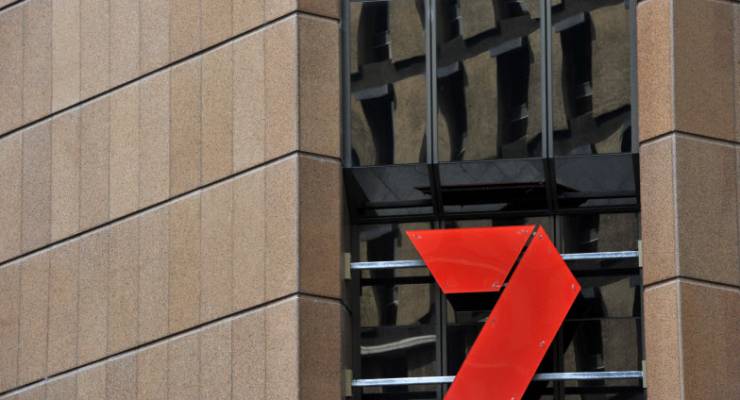
Seven West Media shares hit another all-time low last week at 49.5 cents and although they ended a rough five days higher at 52.5 cents on Friday afternoon, the company is now entering possibly its biggest test: the half-year reporting season. Seven West is due to release its figures February 20. Investors are looking for something more than the mere recital of numbers by management to convince them that the company is not following the route blazed by rival Ten Network to ruination.
Seven’s high-profile and expensive Winter Olympic coverage has started with good ratings (winning Friday and Saturday nights) at the weekend. Other high-profile sports coverage, the 2018 Commonwealth Games, starts on the Gold Coast in April, while the perennially expensive AFL season coverage starts in late March (and will cost more this year, meaning deeper cost cuts are being imposed across the company). This is what Seven said about its outlook for 2017-18 in its full year report last August:
Management earnings guidance for FY18 is for underlying EBIT to be 5 per cent lower than FY17. Advertising conditions have been challenging, however the company expects the broadcast metro market to outperform FY17 and are targeting increased share. Seven Studios is forecast to exceed this year’s performance and revenue from our 100 per cent owned digital products is projected to double again. The company is targeting cost savings in the financial year to more than offset the AFL uplift in FY18 with a further incremental cost savings to be delivered in FY19 on FY18.
That was on August 16. A week earlier, the shares reached 85 cents, the highest for the past year. By Friday’s close, the shares had fallen more than 38%, a message from investors that the company’s performance has slipped. Nine has grabbed more ad dollars than expected and finished the year rating better than Seven, especially in key demographics. Seven has started 2018 on an upbeat note (it always starts the year solidly), but the December results will not include any of that.
At 49.5 cents a share, Seven West was valued less than $730 million. At 52.5 cents, the company is valued at $791 million. That is less than its gross debt $795 million at the end of 2016-17 (cash on hand reduced that to $725 million). At that price, the company’s $419 million of net assets have no value, nor do the biggest asset of all — the $1.019 billion of intangibles (mostly the value of its TV licences). That is a harsh judgement. It is also one that brought Ten down as the falling share price ate into the difference between assets and debts. Shareholders are looking for something dramatic or definitive from the company with the financial results, which will include falling revenues and profits from its WA Newspapers and its Pacific magazine titles.
A cash issue to rebuild capital is one option, dropping the dividend, or another big impairment of over priced assets, are others. But the slide in Seven’s shares will make an issue especially tough, where to maintain its 41% stake, Stokes’ Seven Group Holdings will have to put up most of the money and underwrite any shortfall. It could be cheaper for Stokes (through either Seven Group Holdings, or his private company, Australian Capital Equity) to take the company private to remove uncertainty and prevent further erosion of his fortune.








Still, they have got the Winter Olympics?
Three channels = all those ads + that “expert iindulgence”, to fill in the time between the dearth of “finely tuned exponents/competitors(?)” in the two or three competitions “actually being decided at any one time(?)” – going by their “coverage”?
…. They’ll be there ’til thaw to decide that back-log?